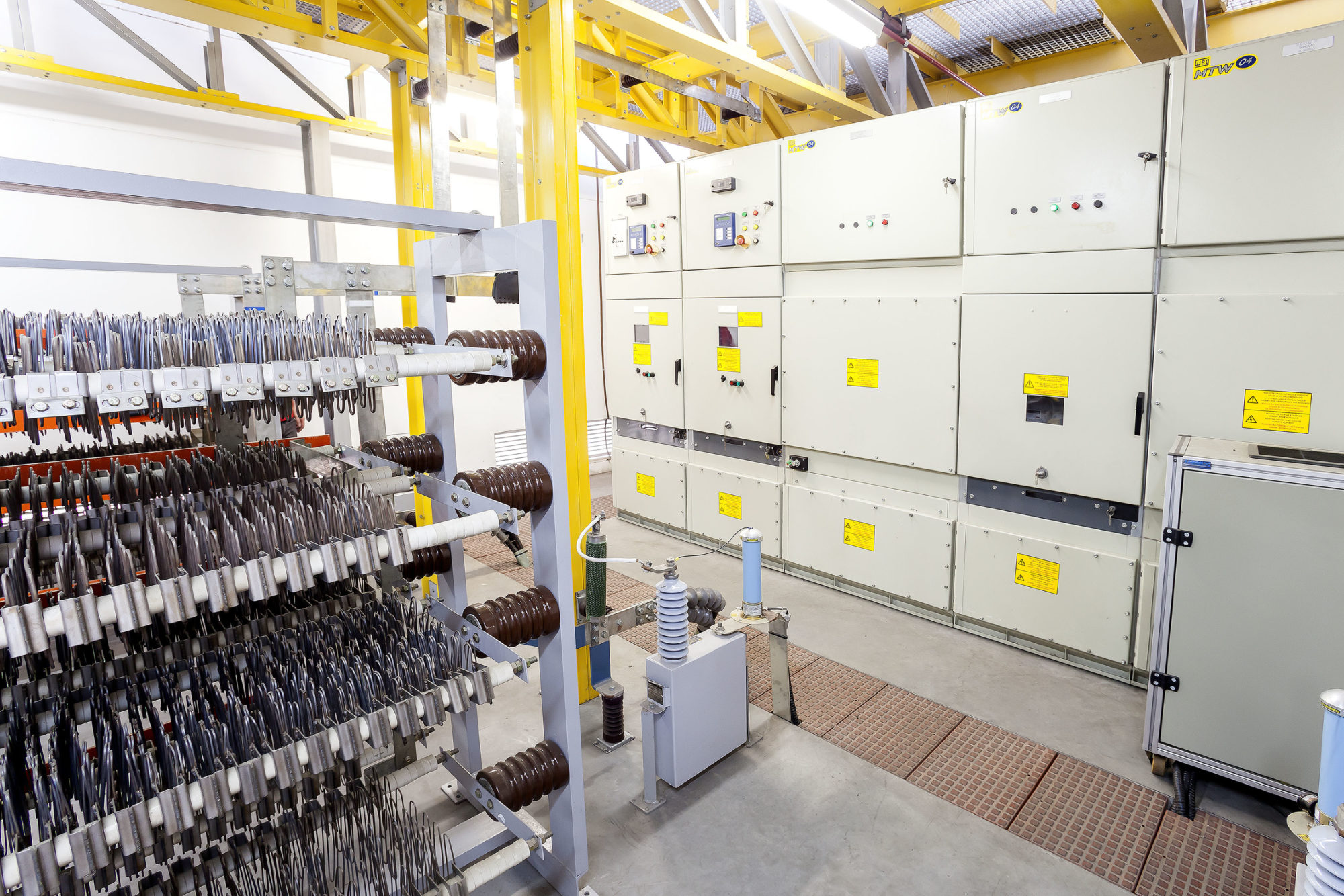The Zest WEG Group, a subsidiary of leading Brazilian motor and controls manufacturer WEG, is intent on keeping its customers’ projects on track despite COVID-19-related travel restrictions and has devised a way to complete the final step in the manufacturing process remotely.
In an innovative first to keep a customer’s mining project in the Democratic Republic of the Congo on schedule, Zest WEG successfully conducted a remote witness test of medium voltage (MV) variable speed drives (VSDs) in WEG’s Brazil factory.
David Spohr, Business Development Executive for high-voltage equipment at South Africa-based Zest WEG, said these extraordinary times called for extraordinary measures.
“With the restrictions on international travel, we had to think creatively about how to complete this final step in the manufacturing process – the witnessed factory acceptance test (FAT) – before the equipment could be shipped to the DRC site,” he said.
Under normal circumstances, these tests would require the customer to travel to Brazil and spend a week at the factory witnessing and signing off a range of detailed test and equipment requirements.
This order comprised two 7 MW, 3,300 V WEG MVW01 VSDs for the ball and SAG mill drive application and two 1.2 MW, 3,300 V WEG MVW01 VSDs for the high pressure grinding roll (HPGR) mill application. Both applications required non-standard features, according to the company, namely “frozen charge protection” software on the ball and SAG mill application and a “master and follower” configuration on the HPGR mill application, it said.
Spohr said: “It was essential that we did not delay the customer’s project, so we arranged to conduct the witness test using web-based communication software. This allowed the participation of Zest WEG experts, the engineering contractor and the end user, all from the safety of their homes in Johannesburg – communicating with five testing technicians in the WEG factory in Brazil.”
Using a high-definition camera and web-based communication software, the factory technicians were able to walk the contractor and end user through each element of the FAT, with clear and real-time visual images of the test results and equipment on the factory floor, according to the company.
The tests continued for three days, beginning at 13:00 and ending at 19:00 to account for time zone differences. Testing covered three key areas – PLC communication software integration, full functional testing and full load testing, according to the company.
“As with any other witnessed FAT, the customer was provided with a comprehensive results report by WEG,” Spohr said. “This enabled the customer to check, in exactly the same way, that the remote FAT results were within the required tolerances.”
Spohr noted that this pioneering step is likely to influence the way these tests are done in future.
“It has shown that the testing can be done to the same standards, but with significant savings in time and cost,” he said.











